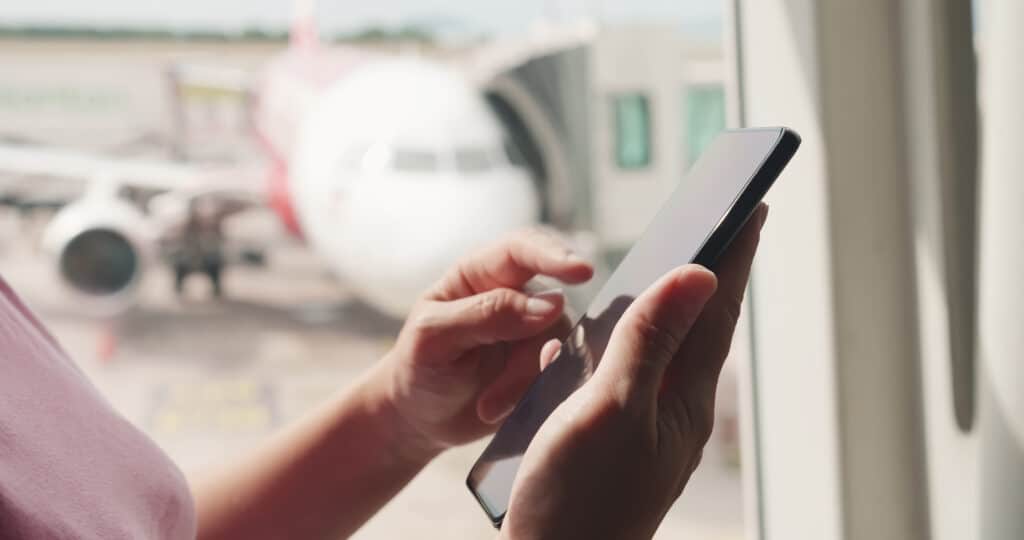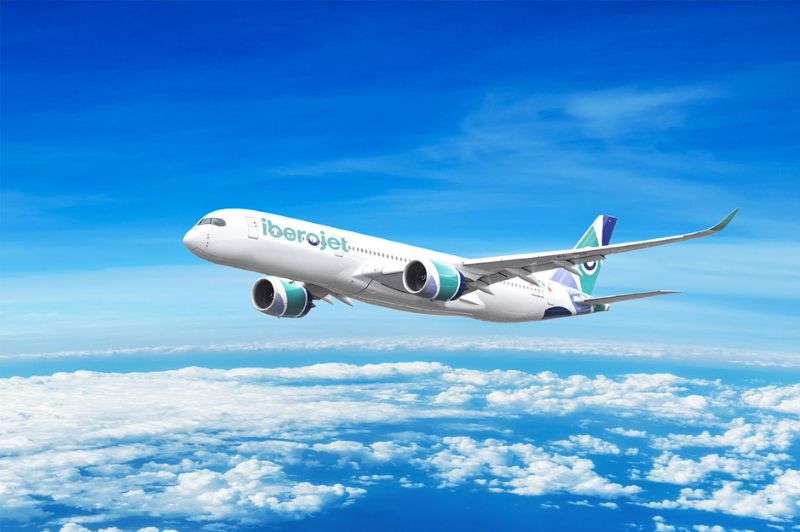L’Association internationale du transport aérien (IATA) a élaboré des normes sectorielles qui rapprocheront un peu plus de la réalité l’objectif de voir les voyageurs arriver aux aéroports prêts à prendre l’avion. La pratique recommandée sur la numérisation de l’admissibilité, récemment publiée, permettra aux voyageurs de prouver numériquement leur admissibilité à une destination internationale, évitant ainsi un arrêt au comptoir d’enregistrement ou à la porte d’embarquement pour le contrôle des documents.
Dans le cadre de l’initiative One ID, les compagnies aériennes travaillent avec l’IATA pour numériser l’expérience des passagers dans les aéroports grâce à des processus biométriques sans contact.
Des programmes similaires sont déjà utilisés dans plusieurs aéroports, et proposés par quelques compagnies aériennes à l’instar de Air France, permettant aux voyageurs de passer par les processus aéroportuaires, comme l’embarquement, sans produire de documents papier, car leur carte d’embarquement est liée à un identifiant biométrique. Mais dans de nombreux cas, les voyageurs doivent encore prouver leur admissibilité au comptoir d’enregistrement ou à la porte d’embarquement en vérifiant physiquement les documents papier (passeports, visas et certificats médicaux, par exemple).
La norme de numérisation de l’admissibilité fera progresser la réalisation de l’identification unique grâce à un mécanisme permettant aux passagers d’obtenir de façon dématérialisée et sur son smartphone, toutes les autorisations nécessaires avant leur voyage, directement auprès des gouvernements. En partageant le statut “OK to Fly” avec leur compagnie aérienne, les voyageurs peuvent éviter tous les contrôles de documents à l’aéroport.
« Les passagers veulent que la technologie simplifie leurs voyages. En permettant aux passagers de prouver leur admissibilité à leur compagnie aérienne avant d’arriver à l’aéroport, nous faisons un grand pas en avant. La récente enquête mondiale de l’IATA sur les passagers a révélé que 83 % des voyageurs sont prêts à partager des informations sur l’immigration pour un traitement accéléré. C’est pourquoi nous sommes convaincus que cette option sera populaire auprès des voyageurs lorsqu’elle sera mise en œuvre. Les compagnies aériennes et les gouvernements y trouveront également leur compte avec l’amélioration de la qualité des données, la rationalisation des besoins en ressources et l’identification des problèmes d’admissibilité avant que les passagers n’arrivent à l’aéroport », a déclaré Nick Careen, premier vice-président de l’IATA pour les opérations, la sûreté et la sécurité.
Ce que les voyageurs pourront faire à l’avenir :
- Créer une identité numérique vérifiée en utilisant l’application de leur compagnie aérienne sur leur smartphone ;
- Grâce à leur identité numérique, ils pourront envoyer l’ensemble des documents requis aux autorités du pays de destination avant le voyage ;
- Recevoir une “approbation d’admissibilité” numérique dans leur application d’identité numérique/de passeport ;
- Partager la pièce d’identité vérifiée (pas toutes leurs données) avec leur compagnie aérienne ;
- Recevoir la confirmation de leur compagnie aérienne que tout est en ordre et se rendre à l’aéroport.
Sécurité des données
Les nouvelles normes ont été élaborées pour protéger les données des passagers et garantir que les voyages restent accessibles à tous. Les passagers gardent le contrôle de leurs données et seuls les justificatifs d’identité (les autorisations vérifiées) sont partagés en peer-to-peer (sans intermédiaire). Ce système est interopérable avec les normes de l’Organisation de l’aviation civile internationale (OACI), notamment celles relatives à la carte de voyage numérique. Les options de traitement manuel seront maintenues afin que les voyageurs aient la possibilité de refuser le traitement numérique de l’admissibilité.
« Les voyageurs peuvent être assurés que ce processus sera à la fois pratique et sûr. Un point essentiel est que les informations sont partagées en fonction du besoin de savoir. Alors qu’un gouvernement peut demander des informations personnelles détaillées pour délivrer un visa, la seule information qui sera partagée avec la compagnie aérienne est que le voyageur a un visa et sous quelles conditions. En laissant au passager le contrôle de ses propres données, nous ne créons pas de grandes bases de données à protéger. De par sa conception, le système est simple, sûr et pratique », a déclaré Louise Cole, responsable de l’expérience client et de la facilitation à l’IATA.
Timatic
Un programme déjà existant, Timatic, développé par l’IATA permet déjà l’identification unique en fournissant aux compagnies aériennes et aux voyageurs des informations fiables sur les conditions d’entrée. L’intégration de ce programme dans le modèle d’enregistrement des conditions d’entrée s’accompagne d’un processus établi pour la collecte, la vérification, la mise à jour et la distribution de ces informations à l’échelle mondiale.
Source : IATA







